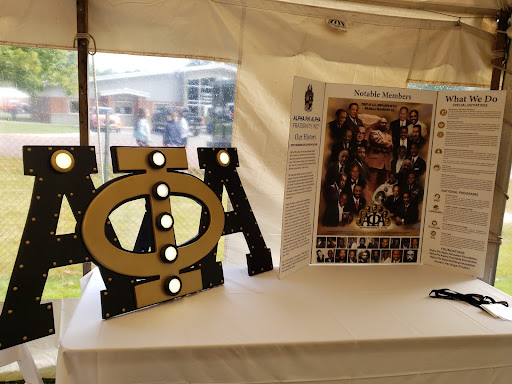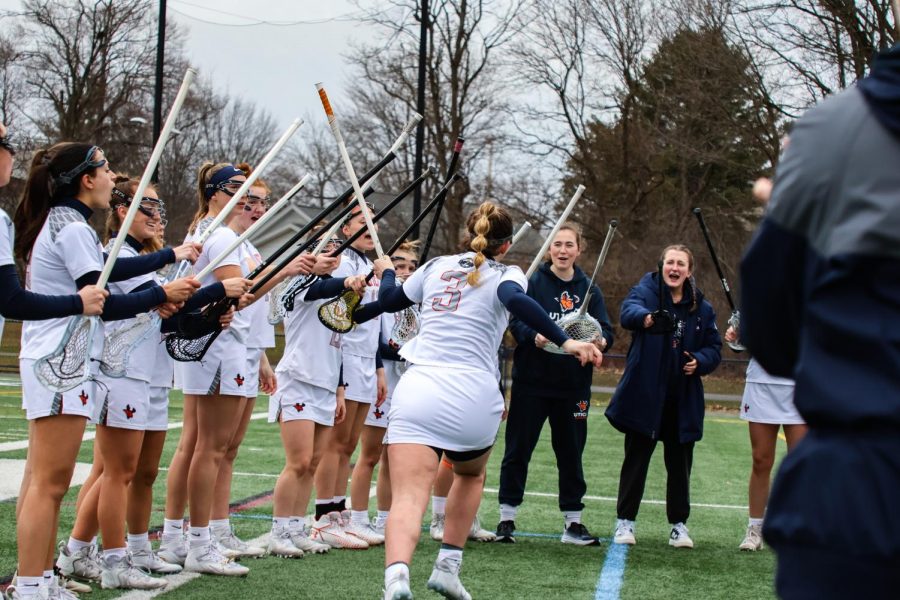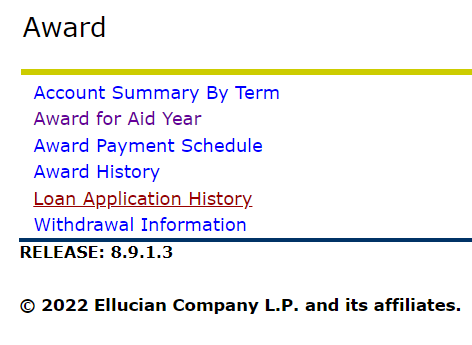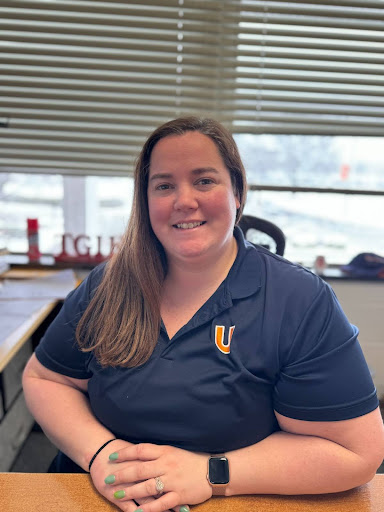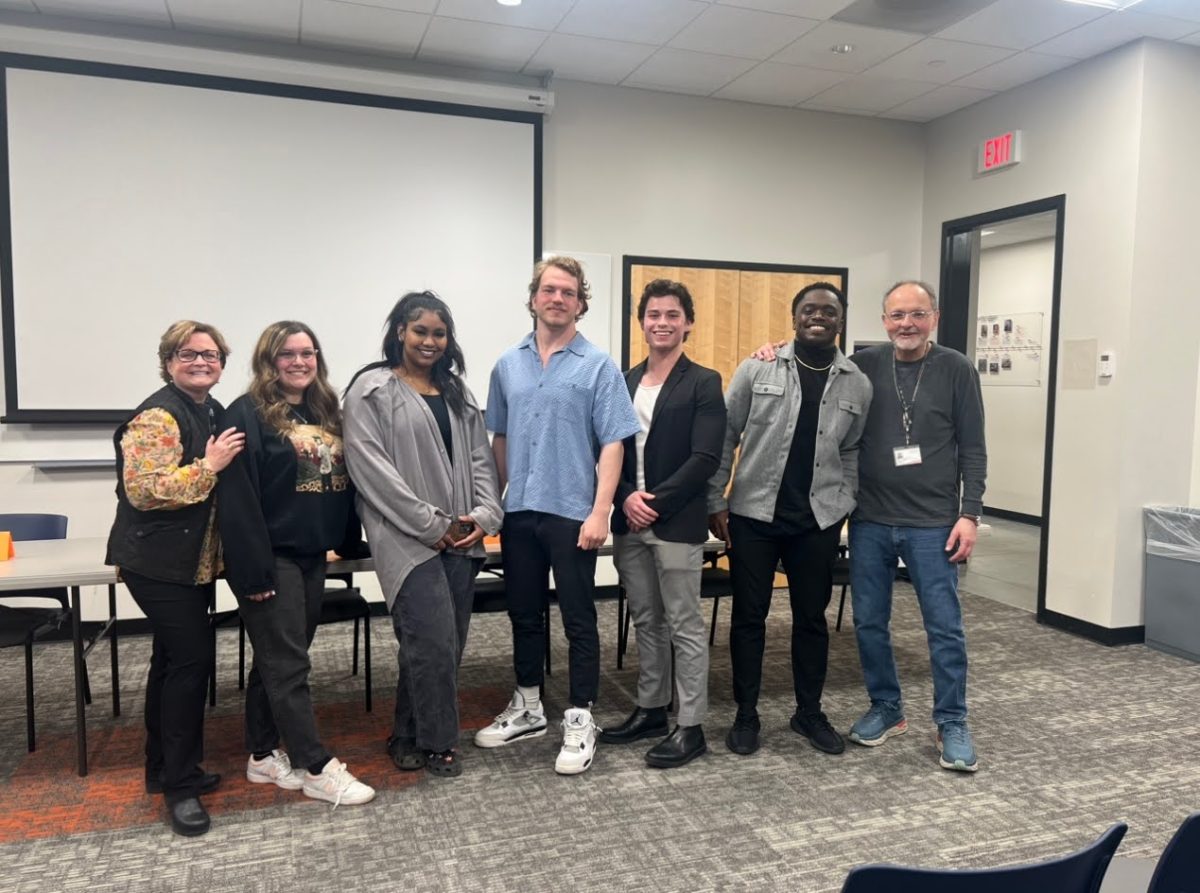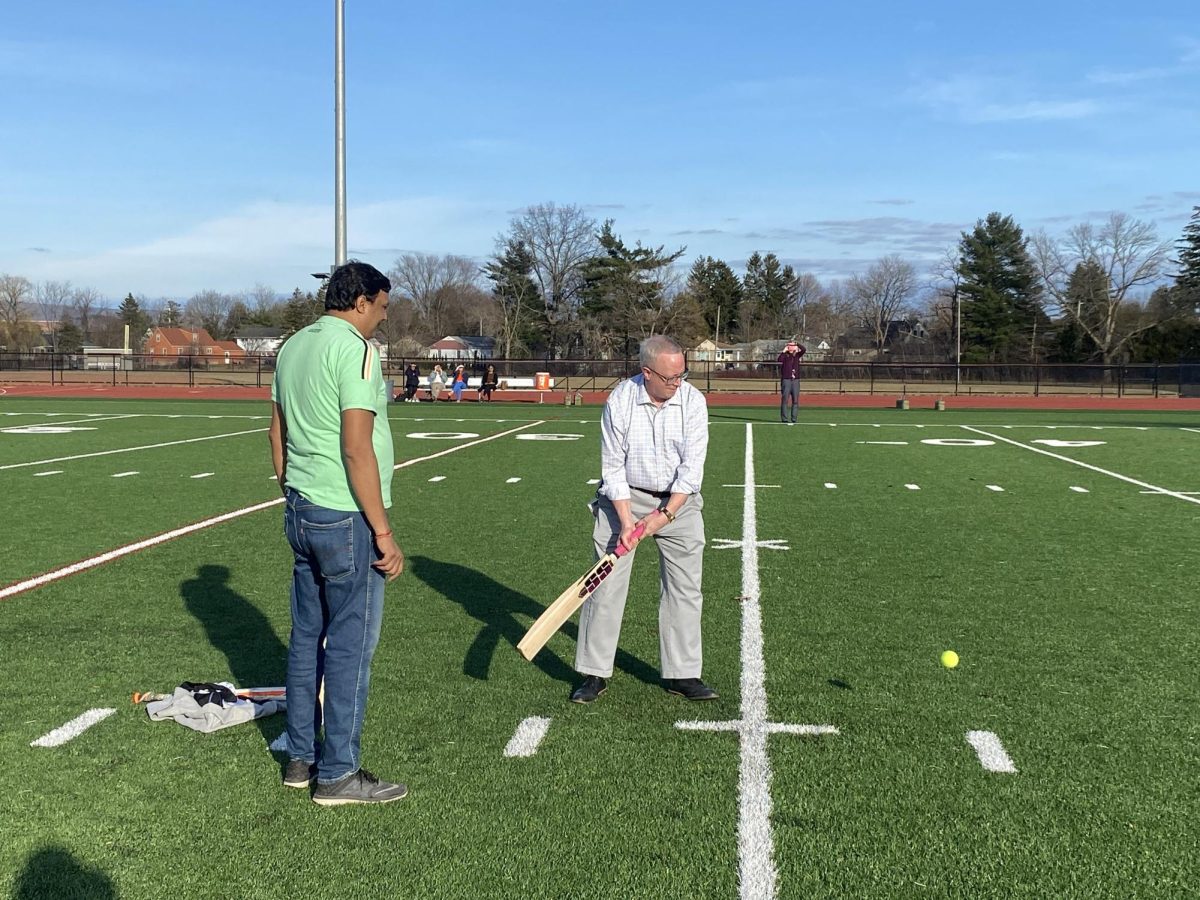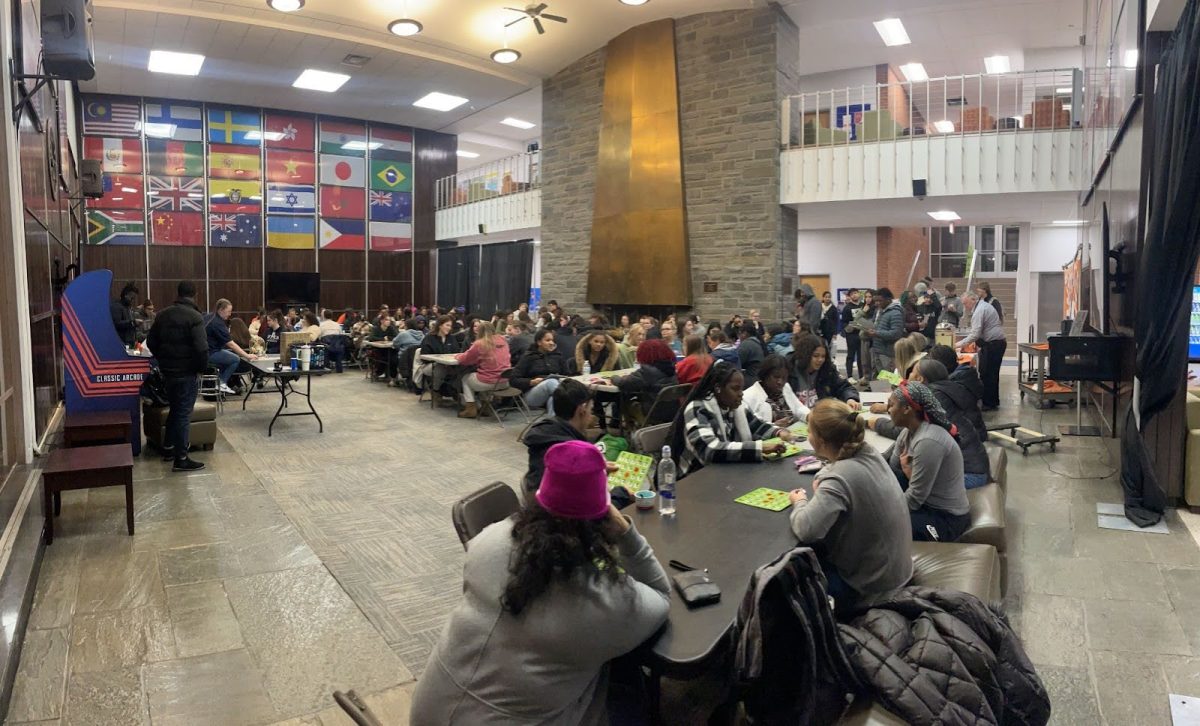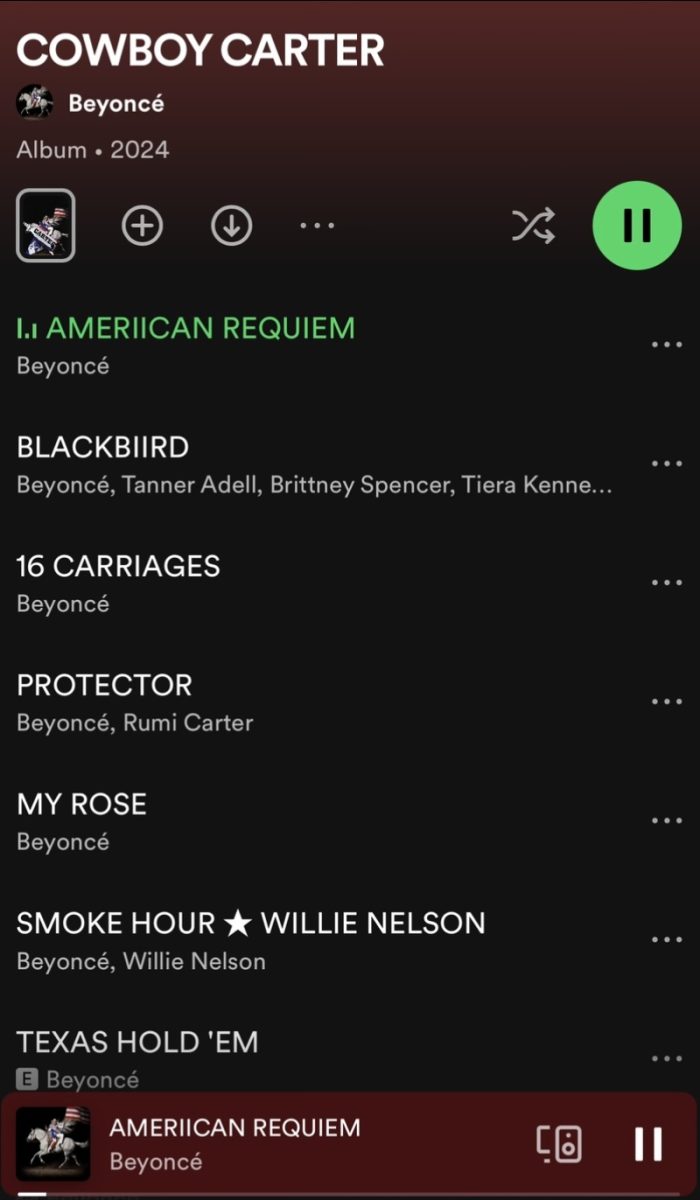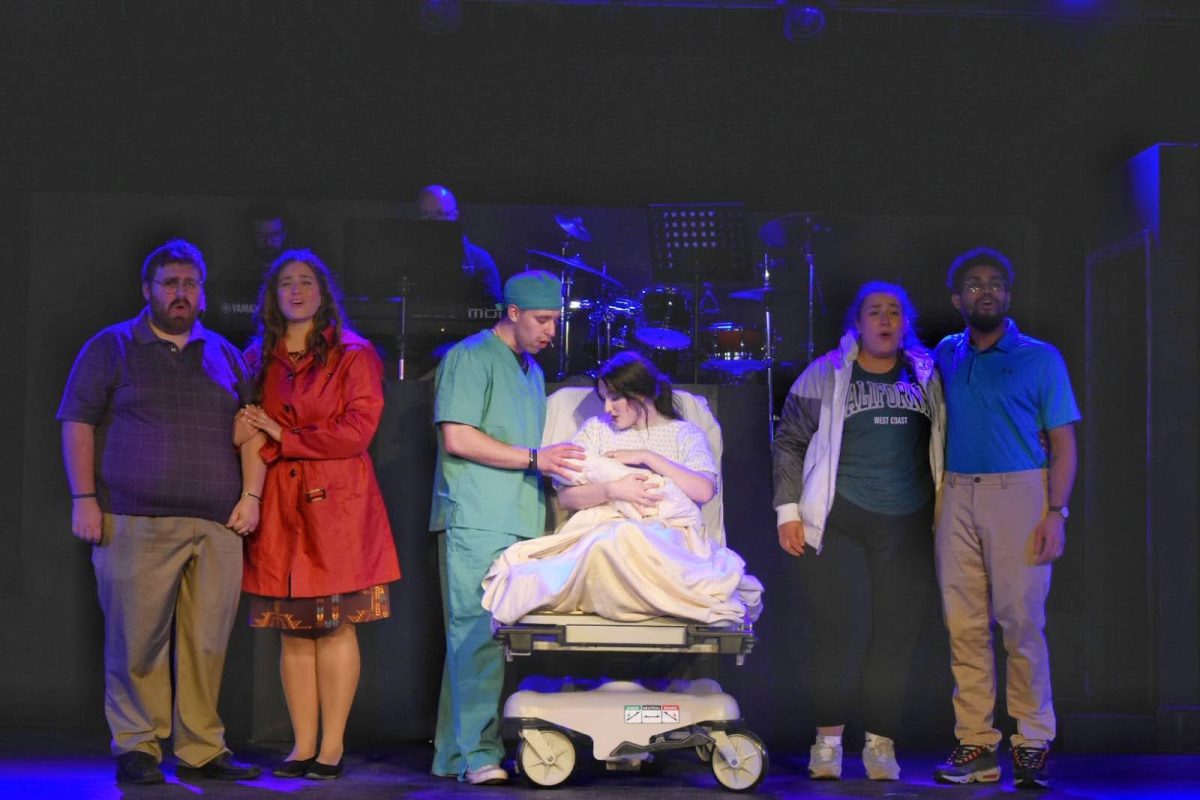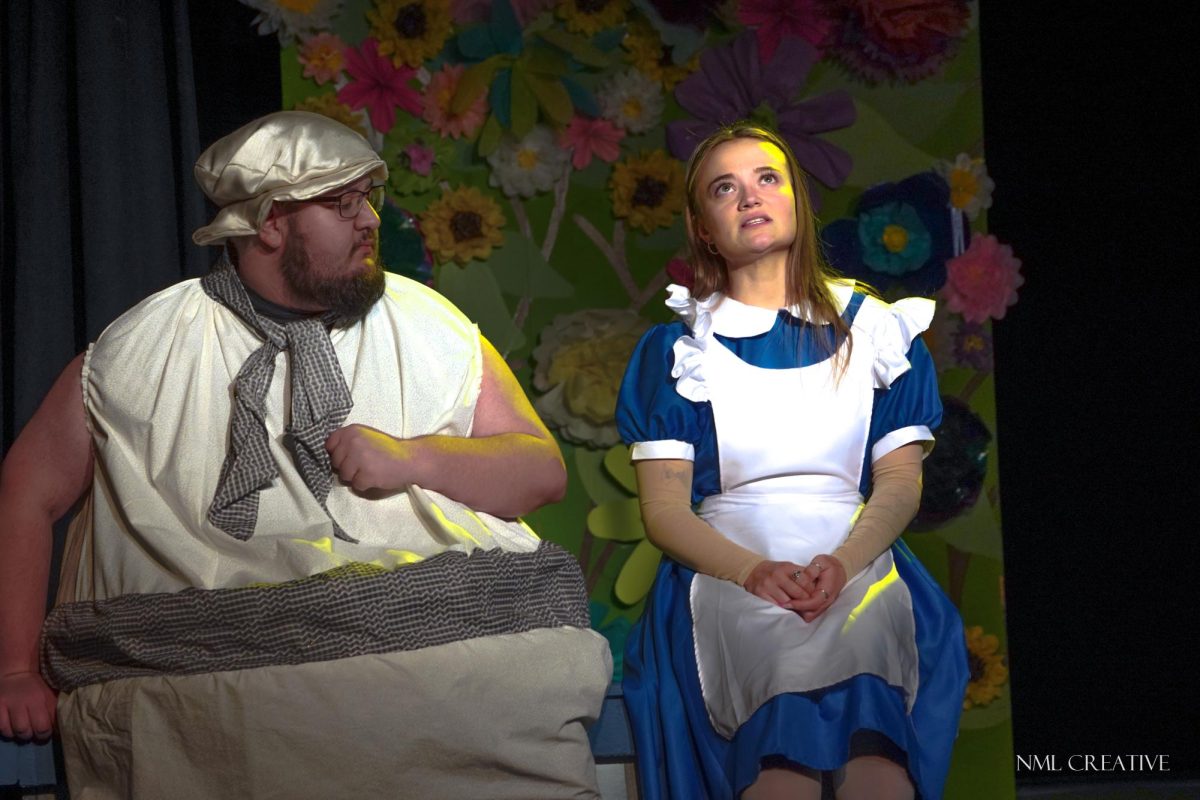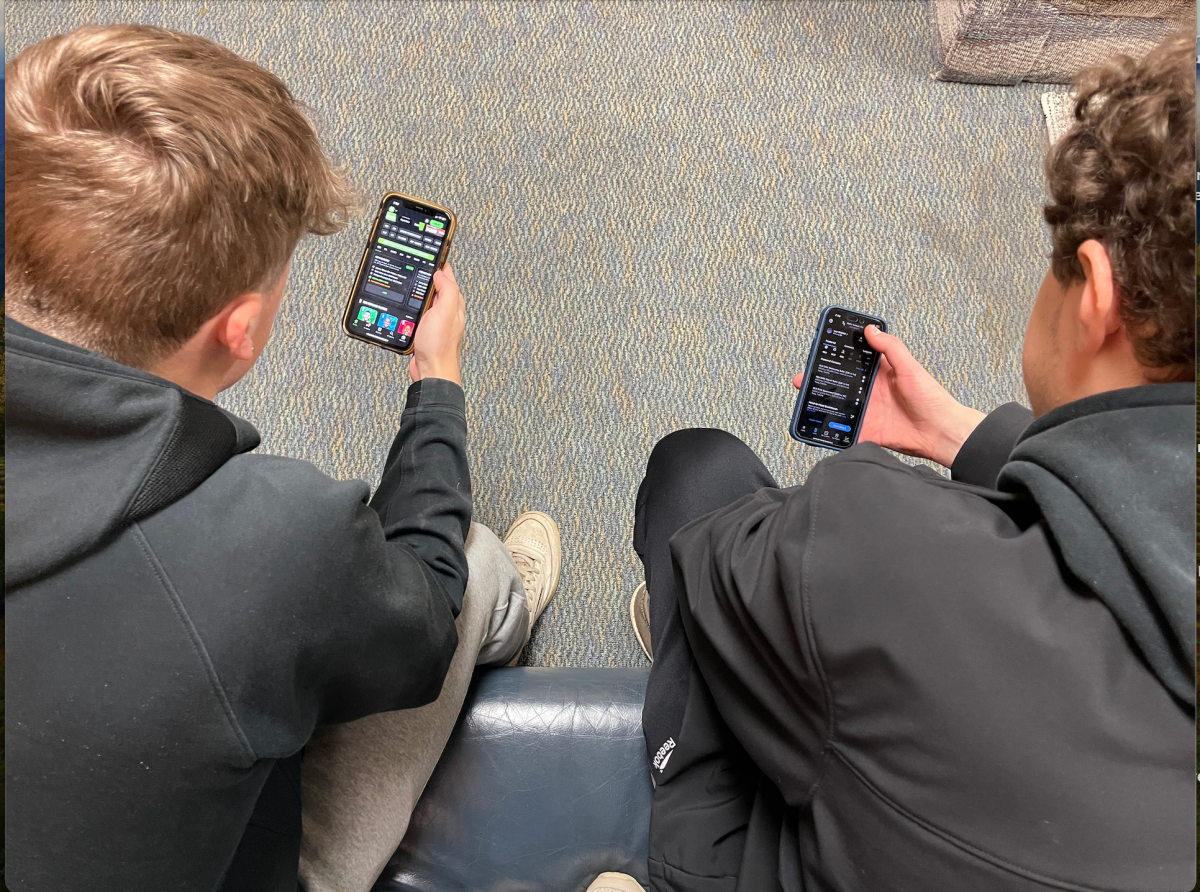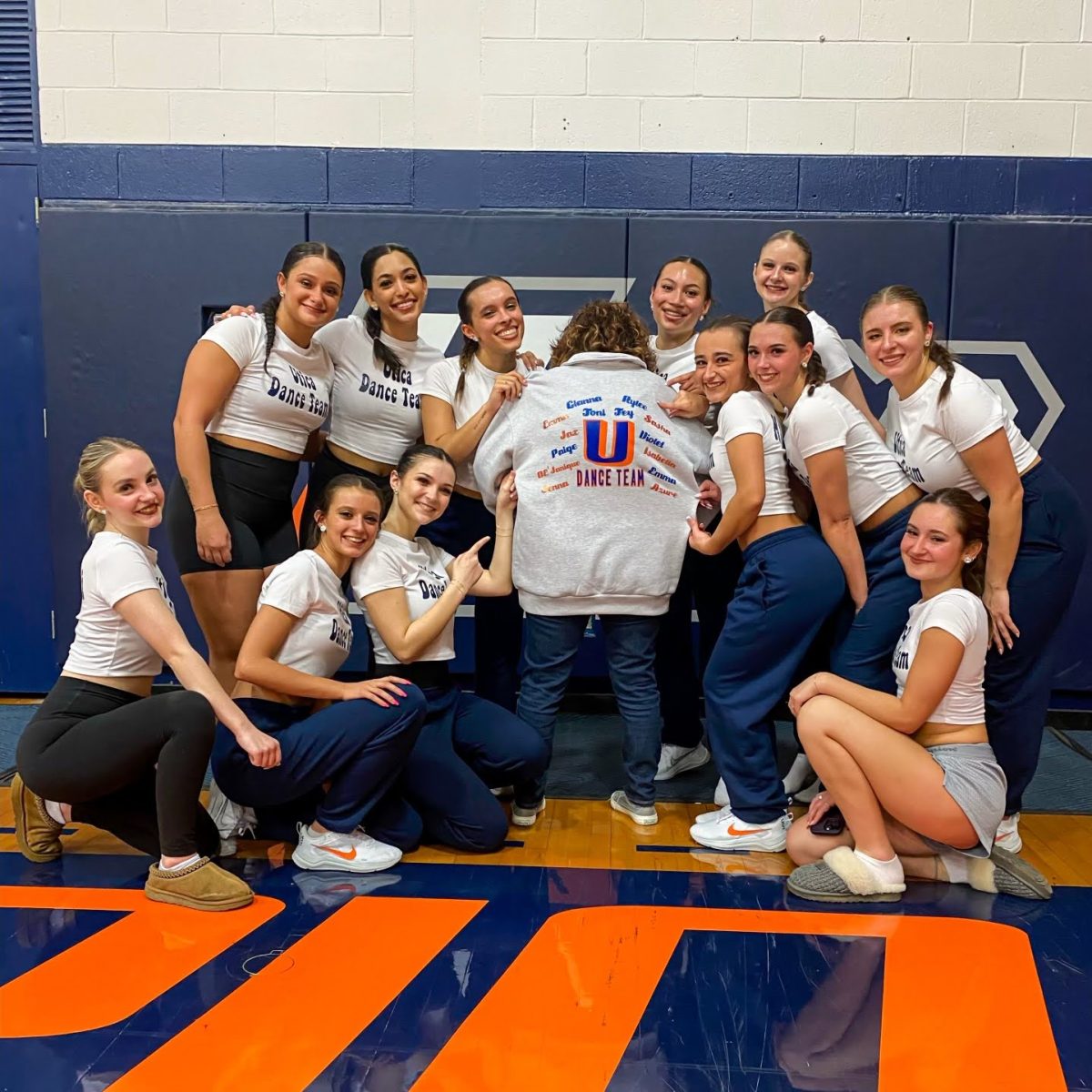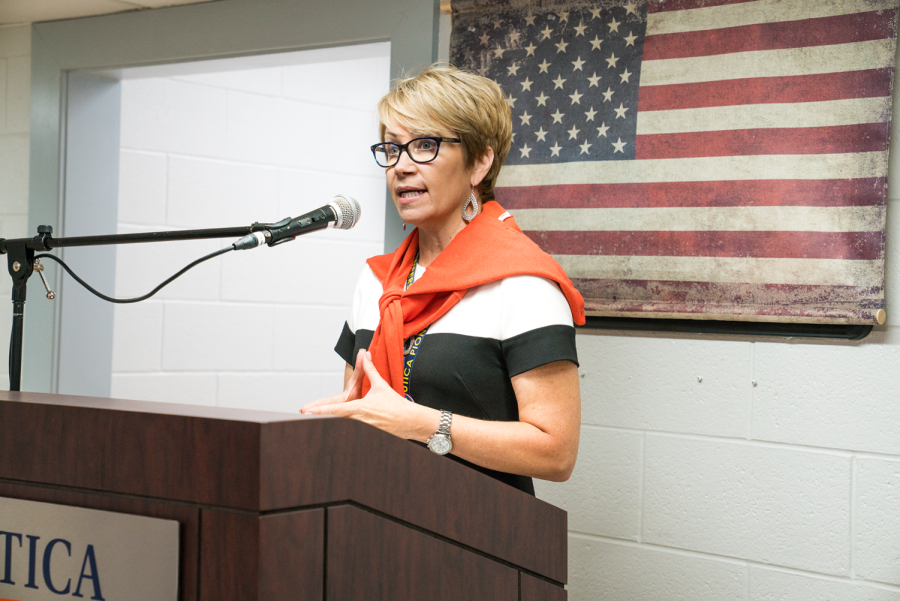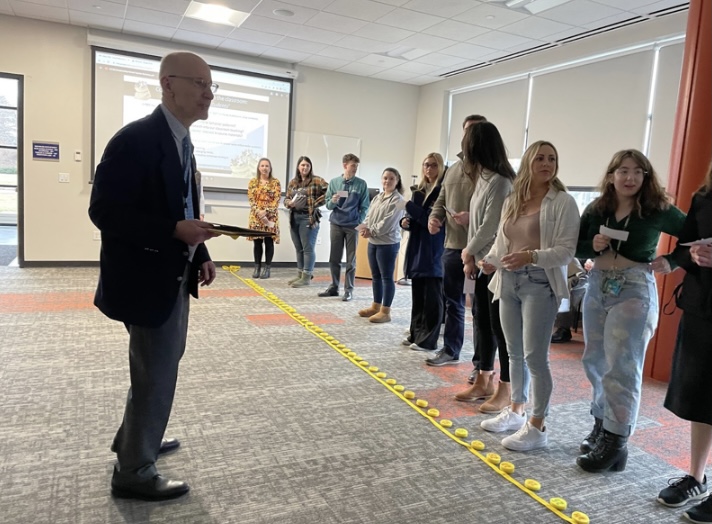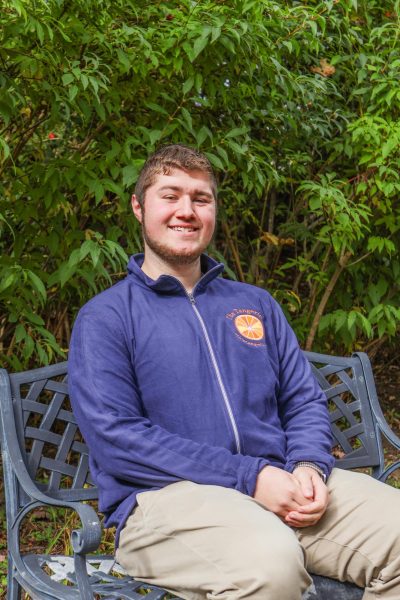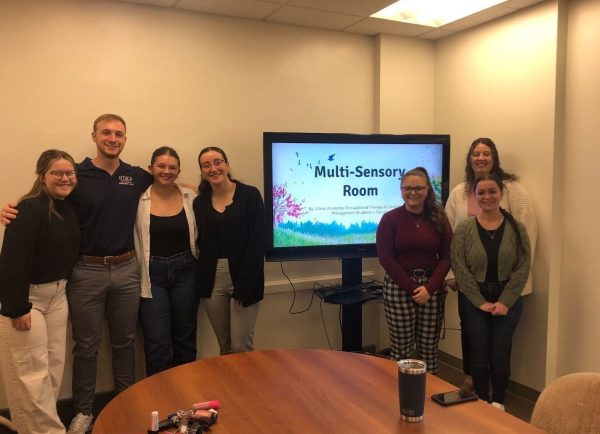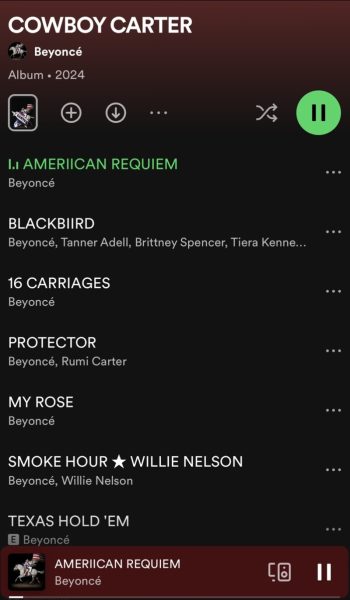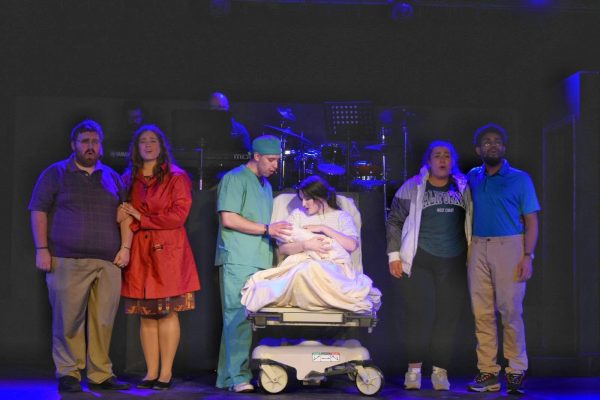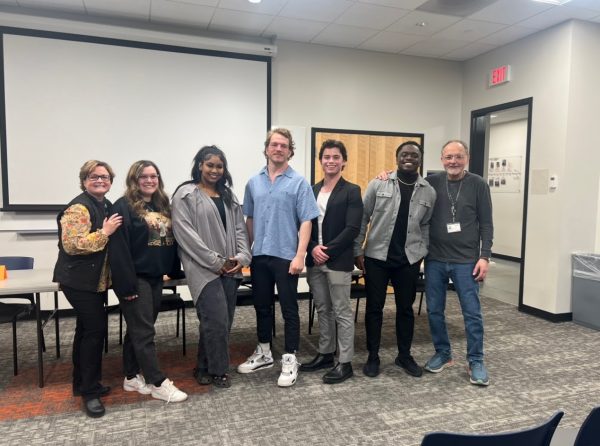Student engagement sees an increase post-pandemic
A compounding interest in the classroom workshop hosted by Professor Rick Fenner for education students on Monday, March 27. / Photo: Katie Hanifin
April 2, 2023
Repealing social restrictions set during the pandemic at Utica University has allowed for a return to full-scale events, both student and faculty lead.
Many students have been taking advantage of the plethora of on-campus activities now available to them post-pandemic, as event attendance has reportedly been hitting all-time highs.
“There have been 237 events this semester so far, and we are currently working with many clubs/organizations who have a lot of ideas for upcoming events,” Director of Campus Engagement Lauryn Moore said.
According to Moore, many different aspects of campus engagement have been on the rise in the past two semesters, with Greek life and the Utica Campus Programming Board being two notable examples.
“We have two new sororities looking to form on campus,” Moore said. “And we have 18 potential members who are going through the recruitment process now to officially join a Greek org.”
Despite this, some clubs have been reporting low involvement from university students in the past few semesters, with some events garnering few to no new attendees.
According to Kate Vaughan, a computer science major, some students do not attend events because they are busy.
“I am usually busy with homework, rehearsal, friends or taking time for myself,” Vaughan said.
In order to combat lower attendance rates, there are many different strategies clubs and organizations on campus can utilize, and according to Moore, one of the best is collaboration.
“When students can join forces it allows for more resources, more help at the event and the social networks from each group can intertwine to create more of a buzz about the event on campus,” Moore said.
Other ways campus clubs and organizations could draw a bigger attendance, as stated by Moore, include having a healthy variety of event topics, utilizing the Ralph F. Strebel Student Center as a meeting location, seek funding from the Student Government Association, offer virtual options for students and attend events as an organization leader yourself to see how other clubs run their events.
Students like William Trombley, a chemistry major, usually attend events that relate specifically to his major, such as the ASA Gray Seminars.
“I always enjoy going to these talks because I am able to learn more about different areas in science and can relate the research they are doing to what I am currently learning in my classes,” Trombley said. “It also helps that these talks are sometimes virtual which means that you do not even need to be on campus in order to attend them.”
Organizations should take all of these ideas into consideration when planning events in the future, as participation from students only seems to be on the rise.
“We are incredibly hopeful about student engagement on campus,” Moore said. “There are a lot of students who have new ideas for clubs, have a passion for event planning, and who want to provide fun opportunities for other students.”
For more information about campus engagement, contact Lauryn Moore ([email protected]), Richard Racciopa ([email protected]), or stop by the Office of Student Living and Campus Engagement at 206 Strebel Student Center, open Monday-Friday from 8:30 a.m. – 5:00 p.m.

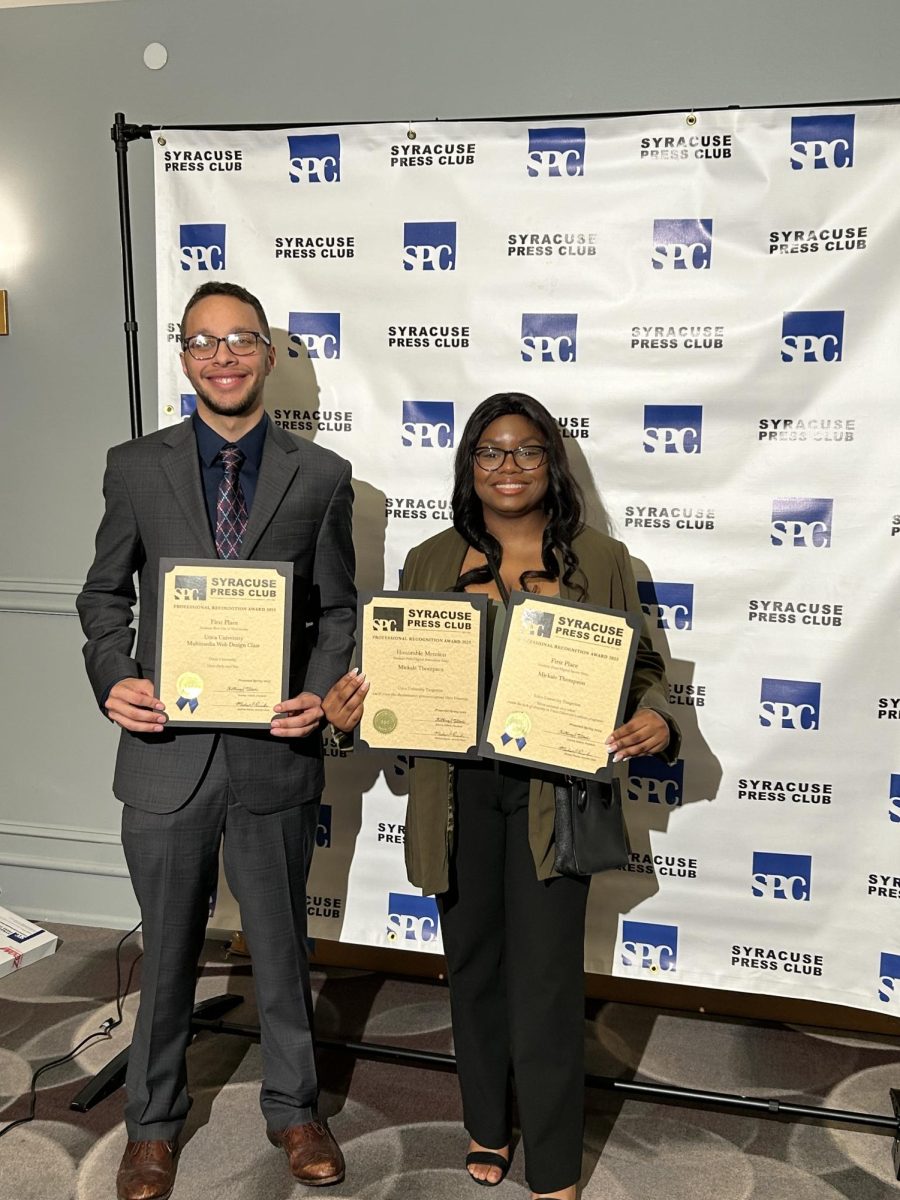
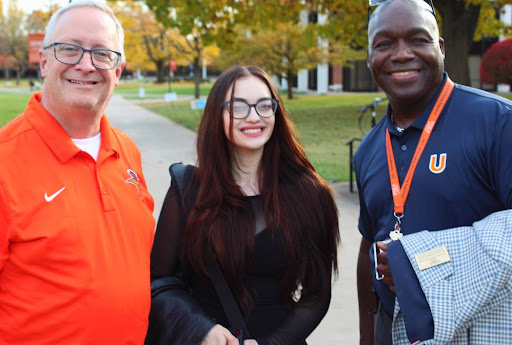

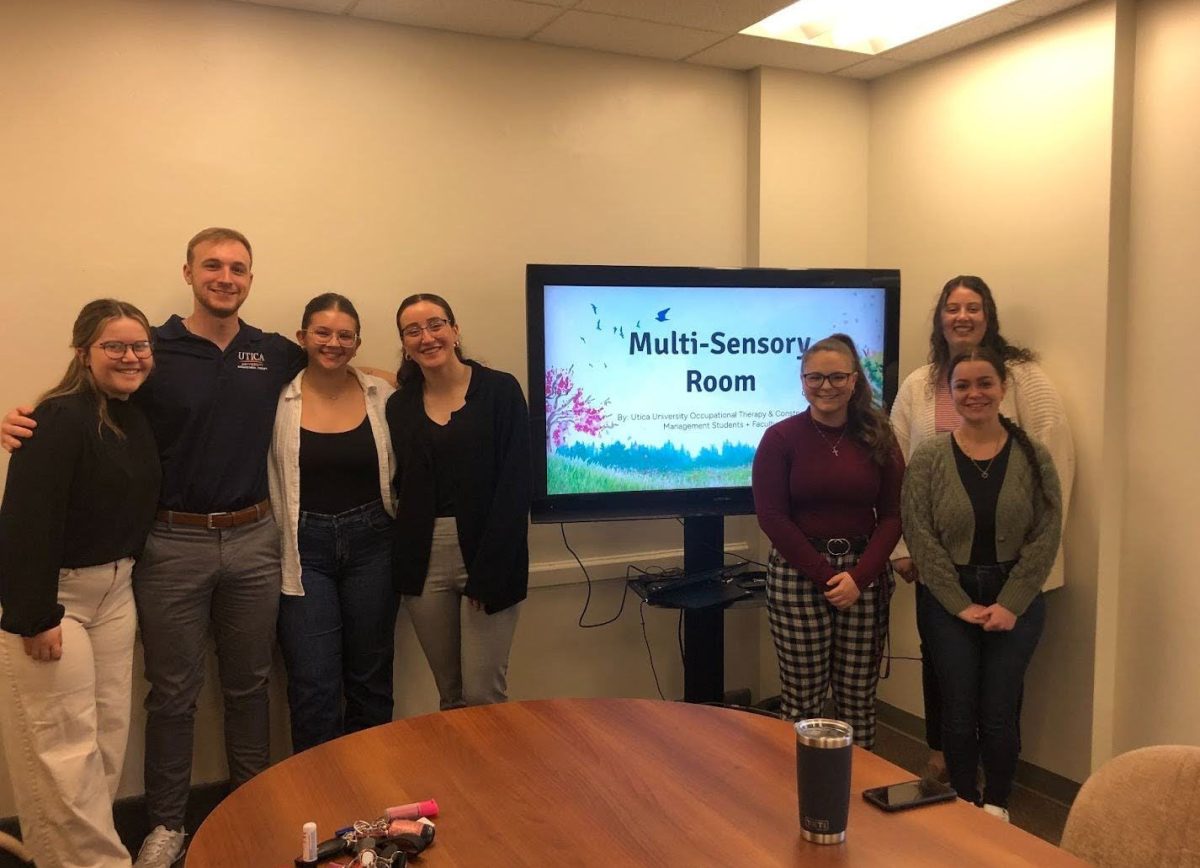
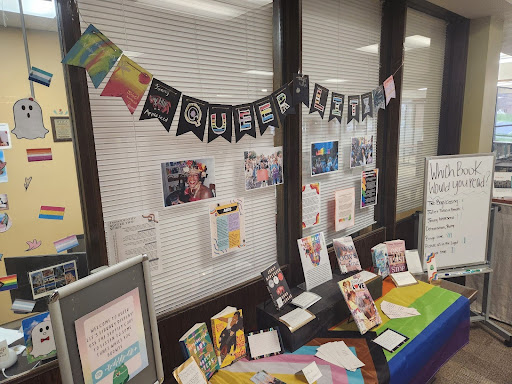

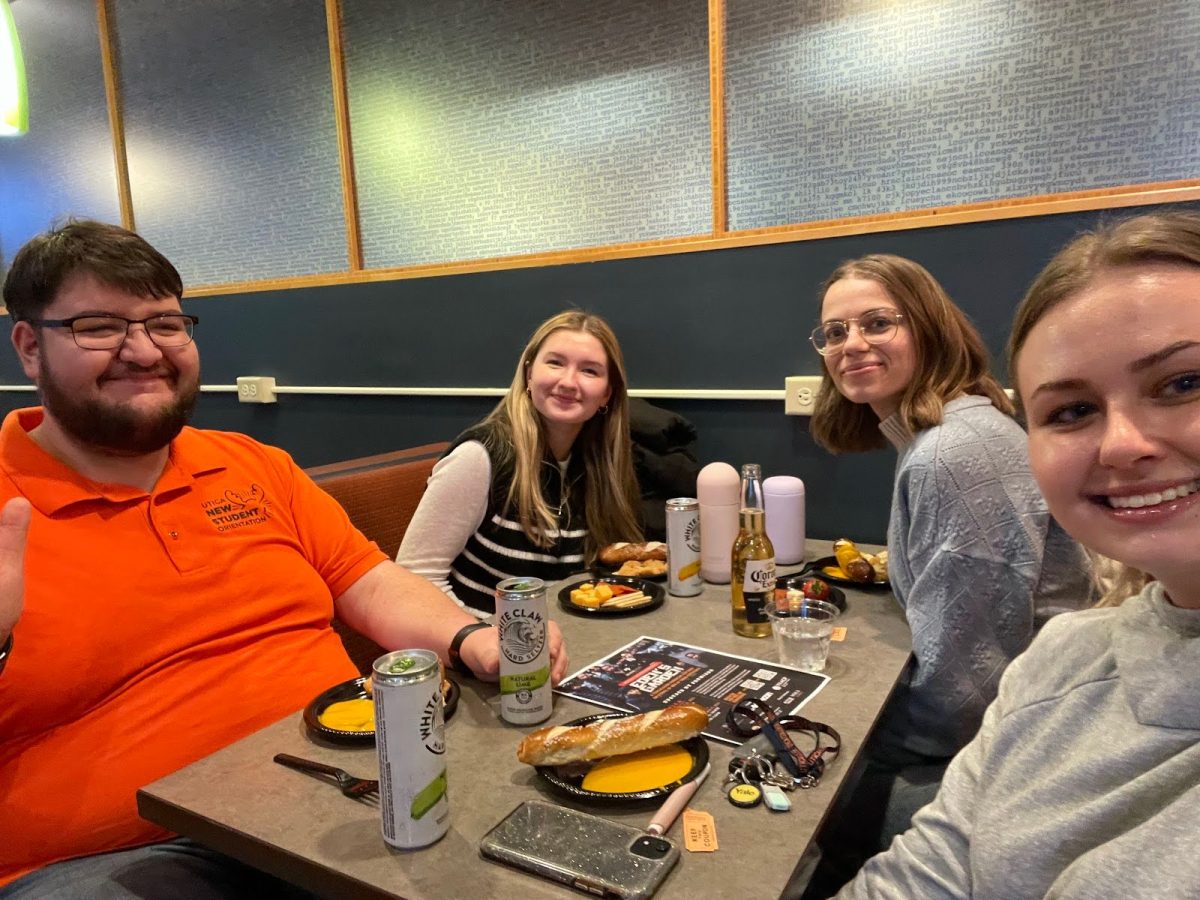
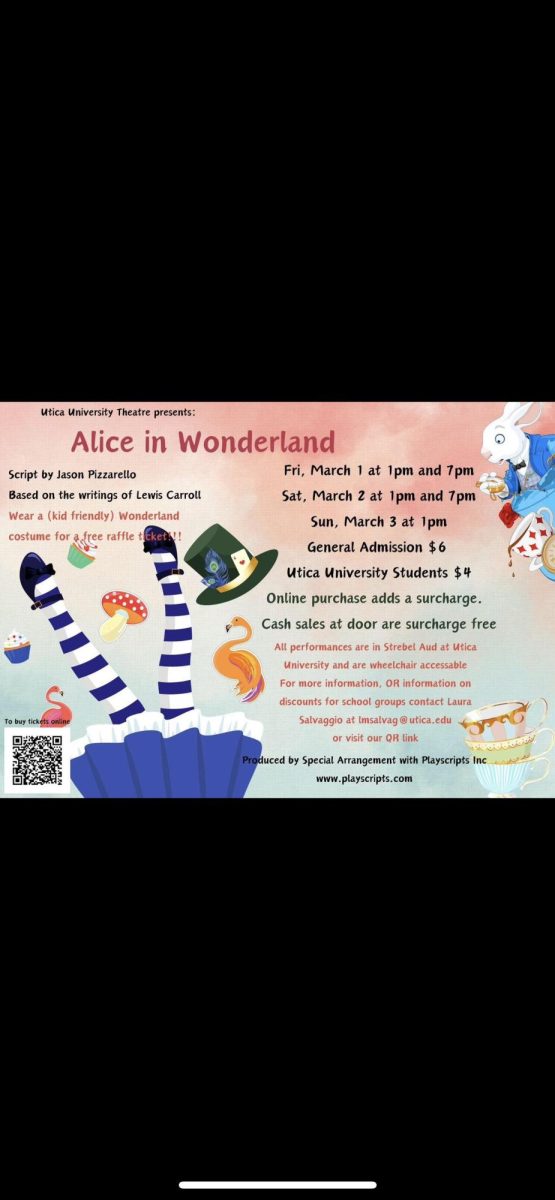






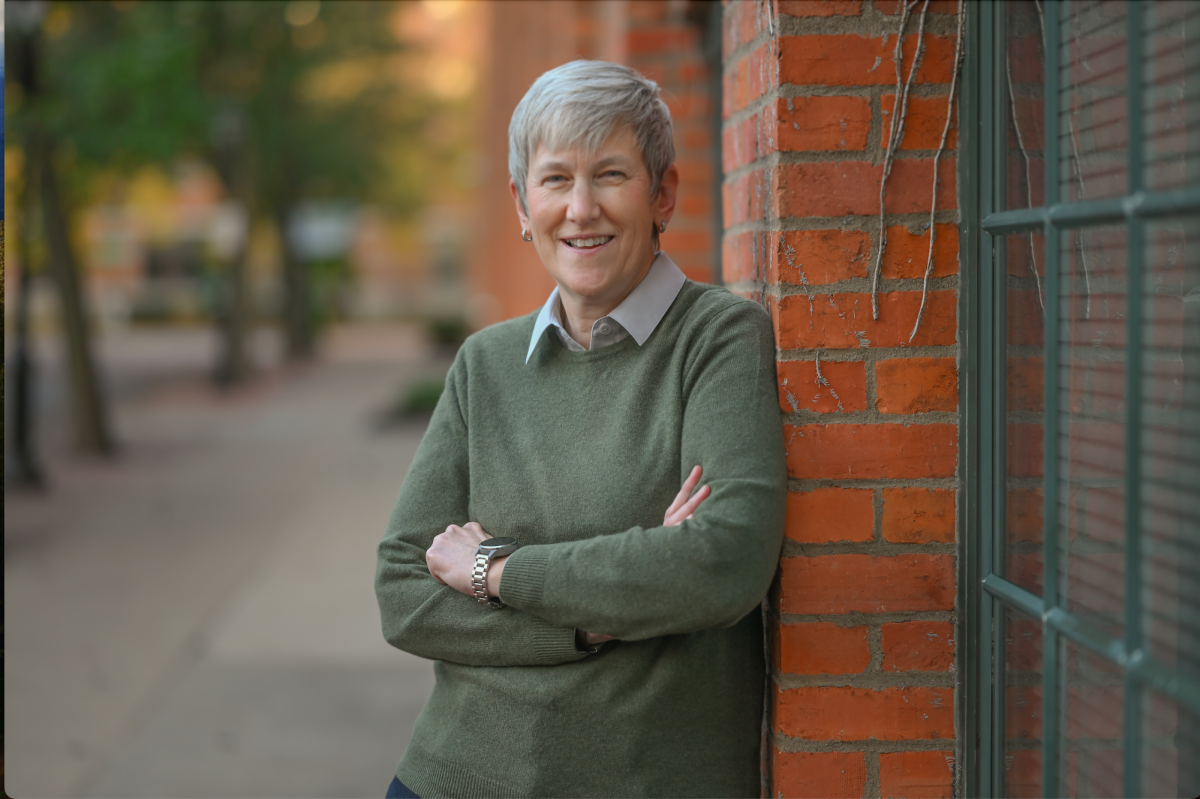


![President Todd Pfannestiel poses with Jeremy Thurston chairperson Board of Trustees [left] and former chairperson Robert Brvenik [right] after accepting the universitys institutional charter.](https://uticatangerine.com/wp-content/uploads/2023/10/unnamed.jpeg)








